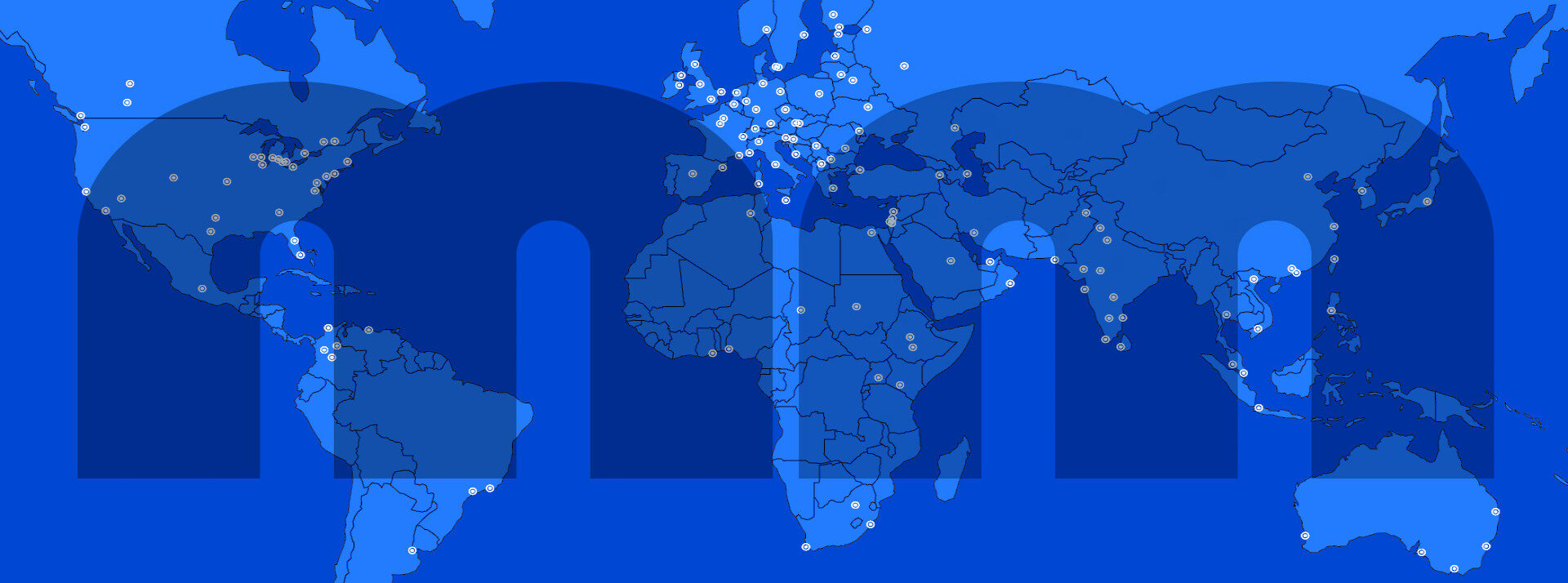Life without a Wallet – Blog Recap
Posted on: December 16, 2009 – Filed under: Philadelphia
Entrepreneurs, wireless mobility executives and technology professionals gathered at the state-of-the-art Cira Center on November 2nd for the latest Mobile Monday Mid-Atlantic networking event, “Mobile Commerce: Life without a wallet.” The event explored the concept of a ‘cashless society’ where wallets disappear and consumers use their phones to make purchases, manage bank accounts, pay bills and conduct a wide range of financial transactions.
The event featured experts from all facets of the mobile spectrum debating the present and future of mobile commerce.
Harold Hambrose, CEO, Electronic Ink, and author of “Wrench in the System,” opened with remarks concerning the importance of design considerations when developing technology. He demonstrated the struggle between engineering and designing for the human experience with the iPhone “level” app. While the screen looks like a level, the app itself is hindered by the design of the phone—a slick metal surface with buttons that do not allow it to rest flatly on a surface. He maintained that technology needs to bring what it promises—with a unique balance of both engineering and design.
Roy Sosa, Founding Partner, MPOWER Ventures and Chairman & CEO, MPOWER Labs, gave the keynote address, highlighting the potential of mobility in bringing financial empowerment to users. As mobile devices gain global penetration, the delivery of financial services to poor and underserved communities has not yet been realized. This would help 2+ billion people around the world who are living cash economies with very high transaction costs and no savings opportunities.
Through mobility, the needs of this population, including money transfers (a $300 billion International business), utility bill payments, and commerce, can be served. With 80% of these mobile subscribers using prepaid opportunities, Sosa pointed out that this is a lesson that technology does not necessarily need to be adopted from the top down.
Following Sosa’s address, Omar Green, Director of Strategic Mobile Initiatives for Intuit, offered a case study on how mobile payments are becoming a reality. Intuit’s GoPayment product enables credit card acceptance at the time of service. As a first step in revenue-generation for mobile payments, Omar drew attention to three areas of need for merchants it addresses. GoPayment allows merchants to be paid on the spot, reduces data entry across business systems and provides ready access to information such as how much money was made on a particular day.
Green also addressed integration with carriers. The Intuit product helps boost revenues streams for carriers, decreases churn, requires minimal bandwidth, and works with current systems through a seamless setup. He also summarized lessons learned through the process of deploying a product to the merchant market – itemizing the things the company did right vs. what they could’ve done better.
After seeing a real-world example of mobile payments, the evening shifted to a panel discussion.
Rick Rasansky, Founder and CEO, Yorn LLC, and Co-Founder, Mobile Monday Mid-Atlantic, moderated a panel of experts from varied parts of the mobility spectrum including:
- Noah Glass, Founder and CEO, GoMobo
- Omar Green, Director of Strategic Mobile Initiatives, Intuit
- Harold Hambrose, CEO, Electronic Ink
- Anil Jacob, First VP of Card Strategy for JPMorganChase
- Roy Sosa, Founder and Chairman, MPOWER Ventures
- Mike Urban, Senior Director, Fraud Solutions, FICO
Highlights of the panel included:
- M-commerce has not grown as quickly in the US as other countries because carriers have more control.
- Firewalls for smartphones are not widely available or used, leaving information susceptible to viruses and trojans
- The delay in the adoption of mobile payments and m-commerce is partly because It is still undetermined who owns the revenues and risk; carriers and banks are in talks to find the best way to bring opportunities to customers
- Value needs to be added to m-commerce in order for widespread adoption; example it took time for people to become comfortable in moving from the bank lobby to the ATM
- Governments throughout the world, particularly Latin America, see the potential opportunities mobility holds and are working with companies to encourage widespread use of mobile for financial services

